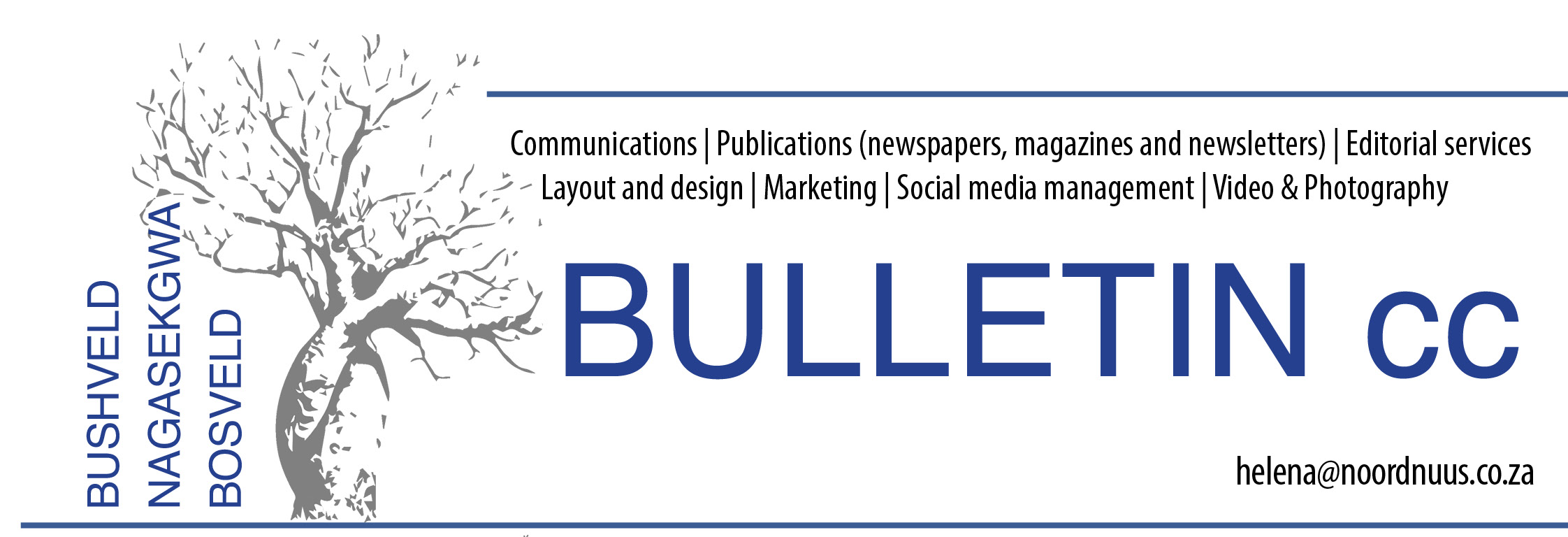How to put together a university application kit
With university application season now in full swing for Matrics who want to pursue further studies next year, stress levels in homes across the country are rising as a result of the demanding administrative requirements associated with the process.
But it can be made significantly smoother and less onerous if learners take some time to put together an application survival kit before starting to complete their applications, an education expert says.
“When applying for a place at a higher education institution - whether online or in hard copy, whether at a public university or a private institution - there are a number of things you will need and can get ready before you even look at the application forms,” says Dr Felicity Coughlan, Director of The Independent Institute of Education, SA’s largest private higher education provider.
Coughlan says learners should prepare hard copies as well as an electronic folder containing all the documents and information they are going to require, as well as keep a log to track applications and all the log in credentials and passwords they will amass to application portals if they are applying to more than one institution. Learners need to make it easy for an institution to accept them by ensuring their applications are complete.
“Given limited spaces at universities and fierce competition for popular courses, it is of course imperative that learners keep their options open for next year, by applying to more than one institution and for more than one course. Putting all your eggs in one basket may mean that come 2018, you find that your marks just didn’t make the grade to ensure you get access into your first choice of course or institution, or that you just missed the cut for admission due to high demand for limited space.
“But while it is highly advised to have a Plan B, C and even D in place, this means that you need to keep quite a few balls in the air during the application stage. Your application survival kit will help you not to drop them,” she says.
Coughlan says that once learners have prepared all their documents and information, they will be able to respond to application requirements in one sitting.
“Additionally, you need to ensure that scanned copies of documents are as small as possible to ensure they are not rejected due to an institution’s mail server settings, so do not save them as image files. Also ensure that the names of all documents tie back to you, by including your name, ID number and descriptor of the document in the file name.”
Coughlan says that most applications to reputable institutions will require the following:
- A certified copy of your identity document. Ensure that in the scanned copy the document, the picture, certification stamp and writing are all very clear and easy to read.
- A certified copy of your Grade 11 school results as well as your April or Prelim Matric results.
- Your NBT number or results or both.
- A certified copy of the fee payer’s identity document as well as proof of banking details and residence.
- A certified testimonial from a school or equivalent if you are applying for residence.
- Application letters, forms and portfolios for those programmes that require them.
- All your contact details – telephone numbers, residential and postal addresses as well as a reliable mobile number and e-mail address (consider using your parent or guardian’s details if you are not good at responding to texts and mails).
- All the contact details of your next of kin, parents, guardians or sponsors – you will need telephone and residential, postal and e-mail details.
Coughlan says the application process can further be streamlined and made more manageable if learners also ensure that they:
- Use easy to remember passwords and login details for online applications and keep records of all of them for each institution.
- Keep a record of reference numbers sent to them.
- Carefully track dates and requirements and keep to them, so that they don’t lose out on a place because they forgot, for instance, to pay the application fee.
- Complete the forms in absolute and correct detail, because mistakes can lead to them losing out on a place if it looks like they were trying to mislead the institution.
- Have all the information close at hand when filling in applications, so that they are not logged out while searching for something.
- Use the correct codes for courses as provided, so that there is no misunderstanding of exactly what is being applied for.
“The higher education application process is a job in itself, and a matriculant’s first taste of the new responsibilities and challenges that will come after their school years,” says Coughlan.
“It is a great opportunity to start taking responsibility for and control of one’s future, and can be an empowering adventure if tackled correctly. And of course, most importantly, learners should start the process right now and ensure they have left their options open, and definitely not leave things until later in the year or even next year, when their chances of acceptance into a programme or institution will be significantly diminished.”













0 Comments